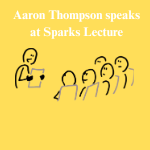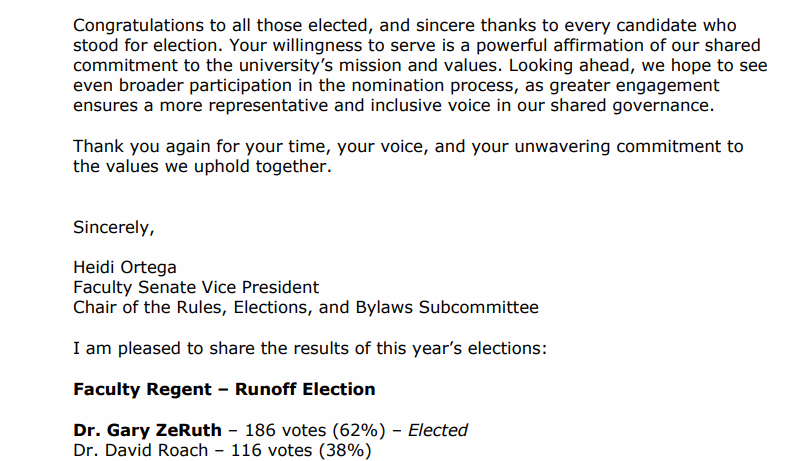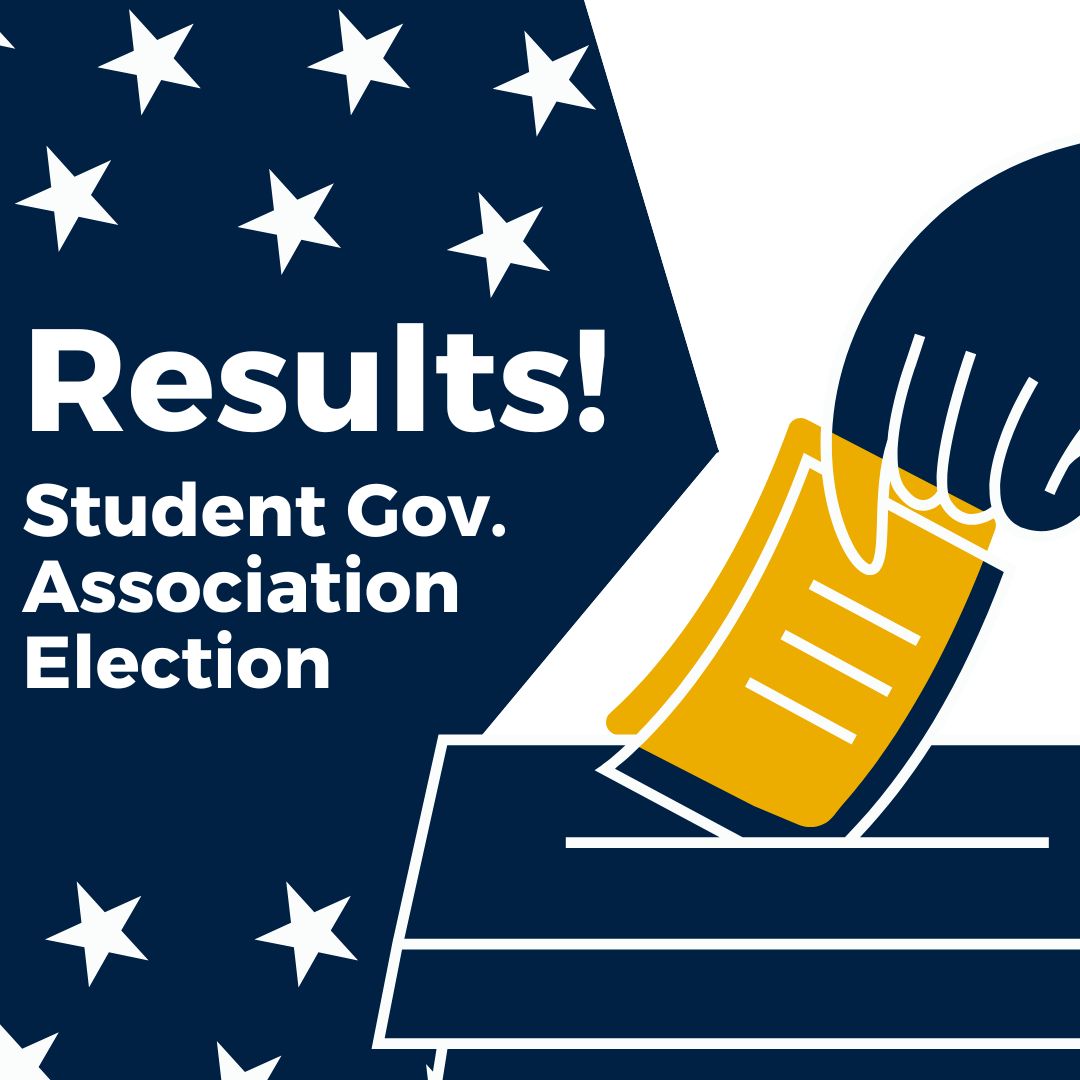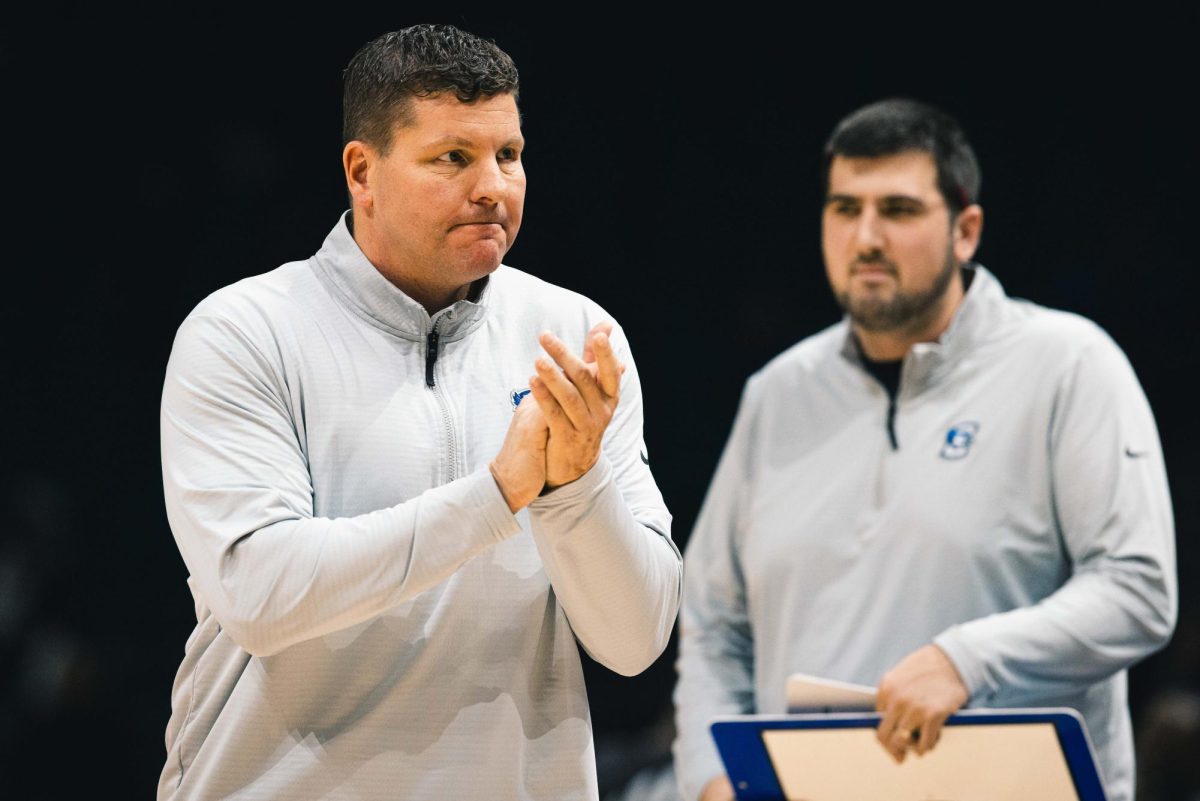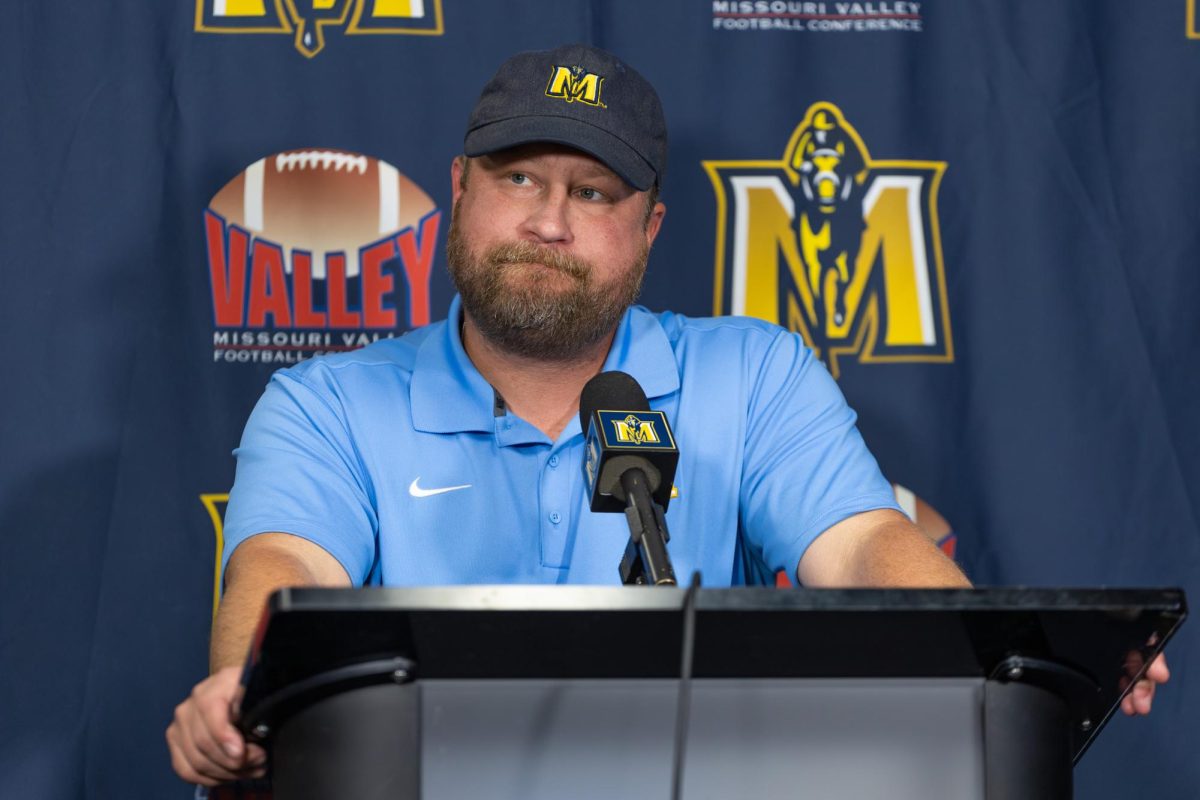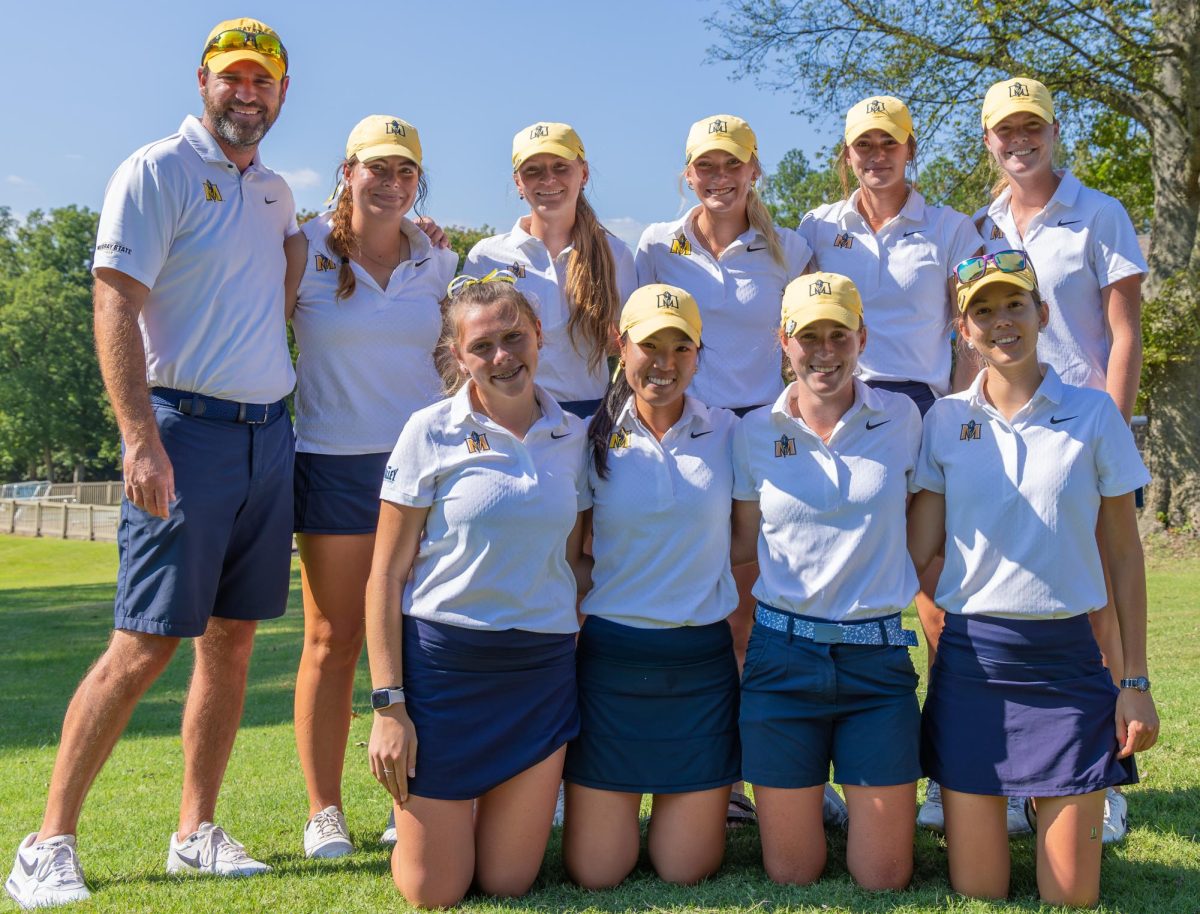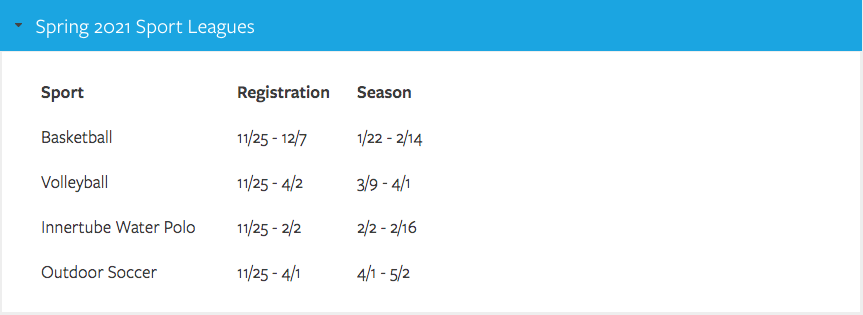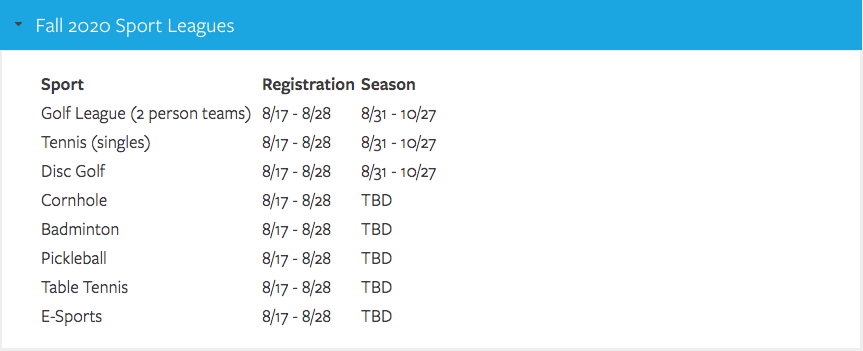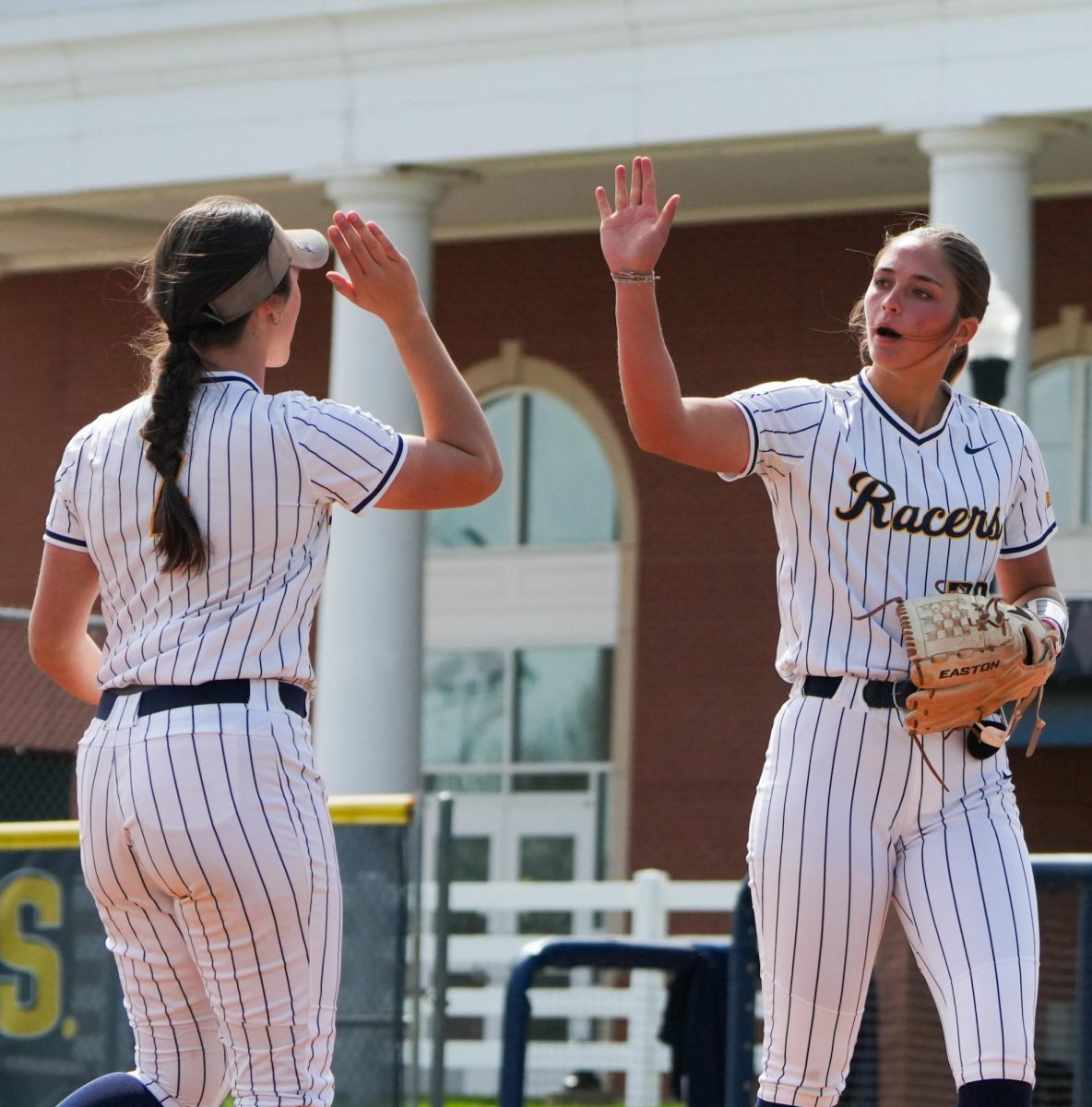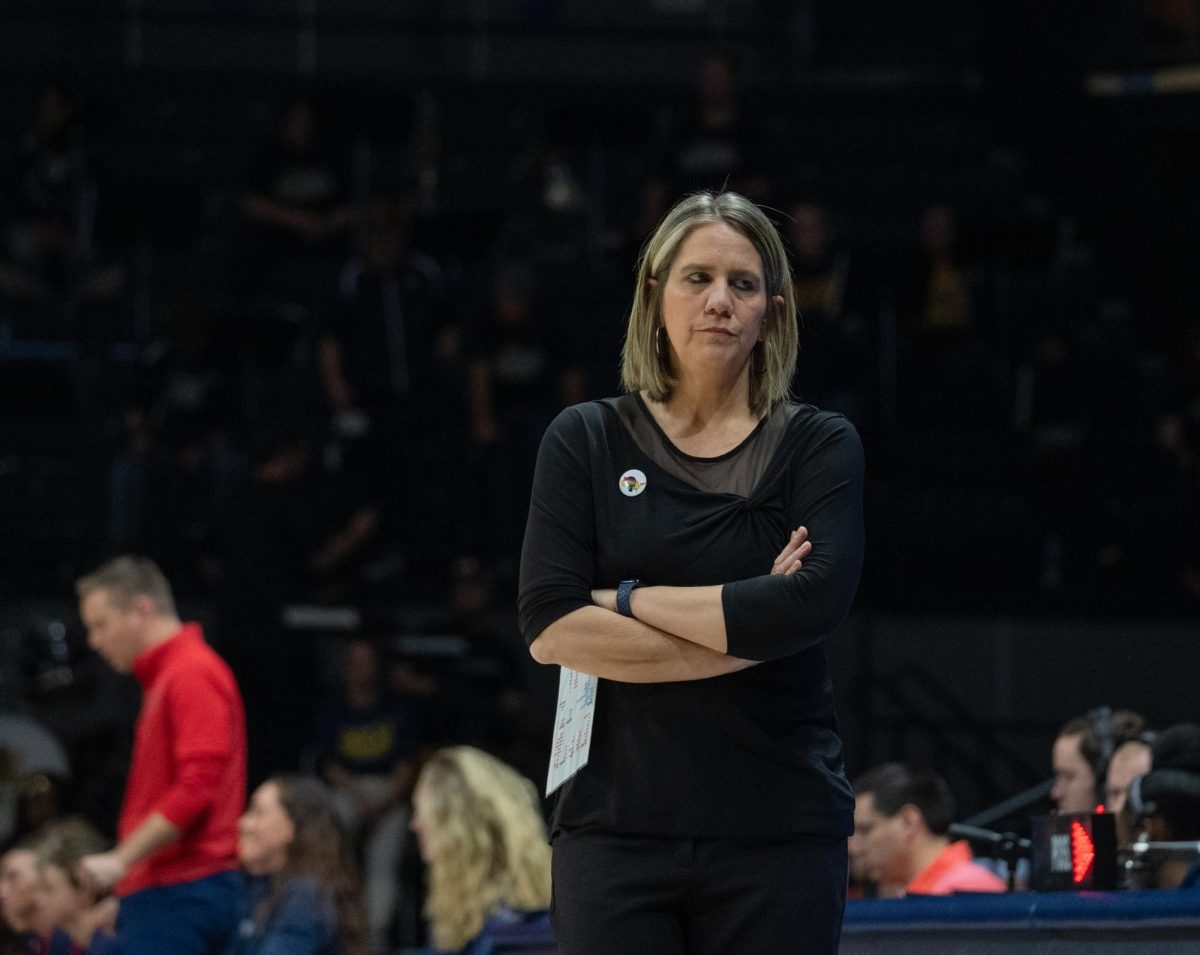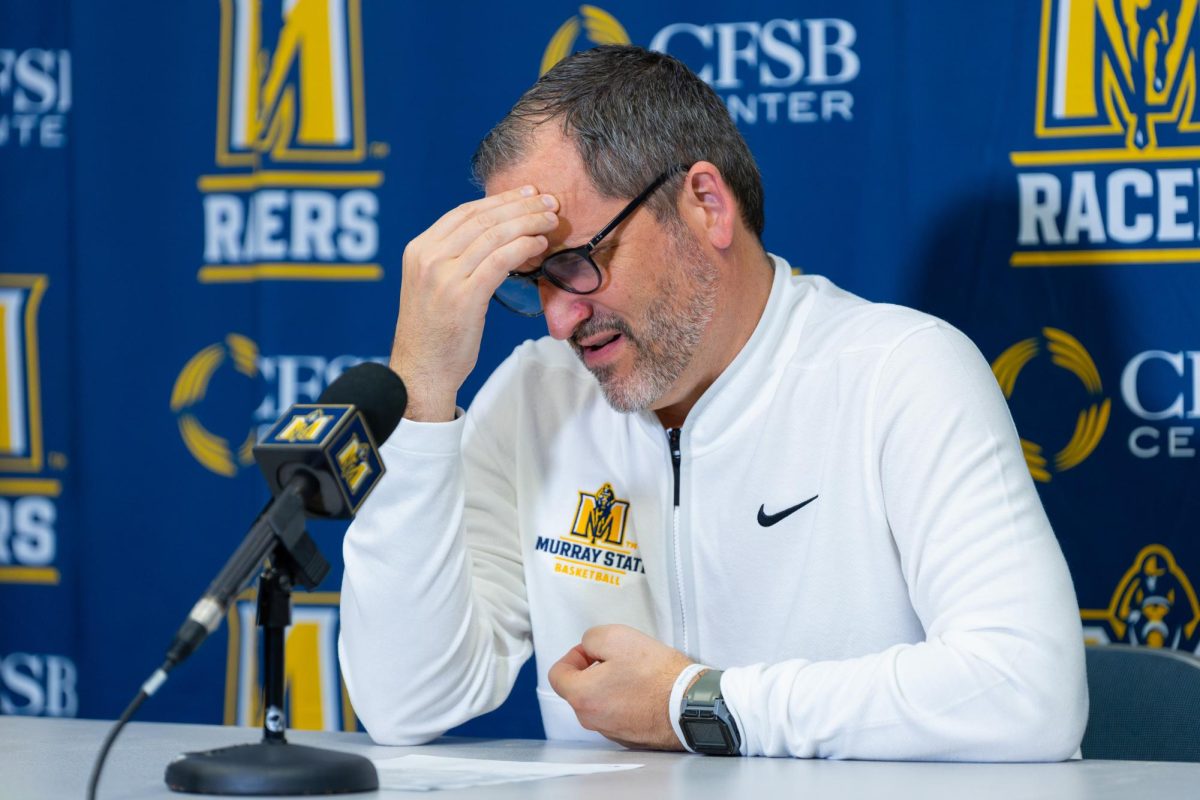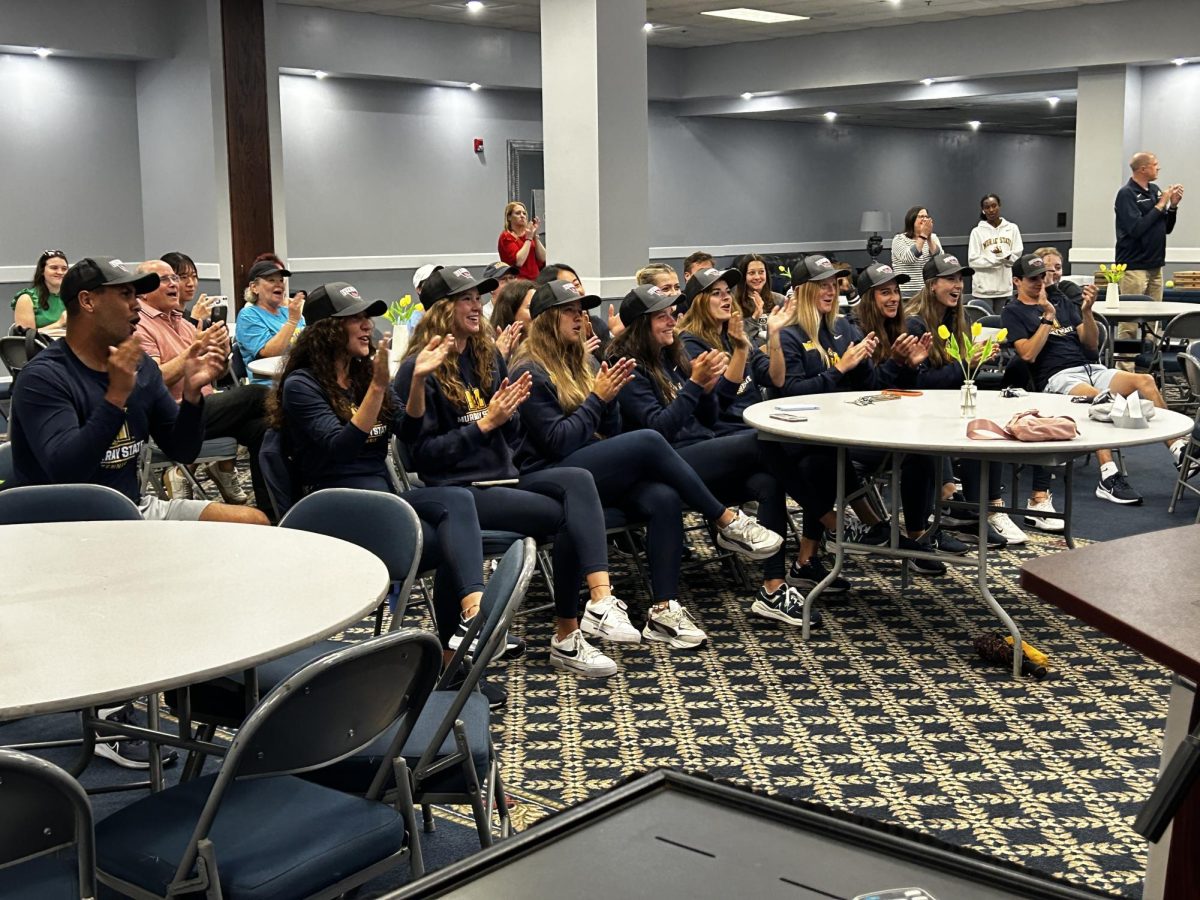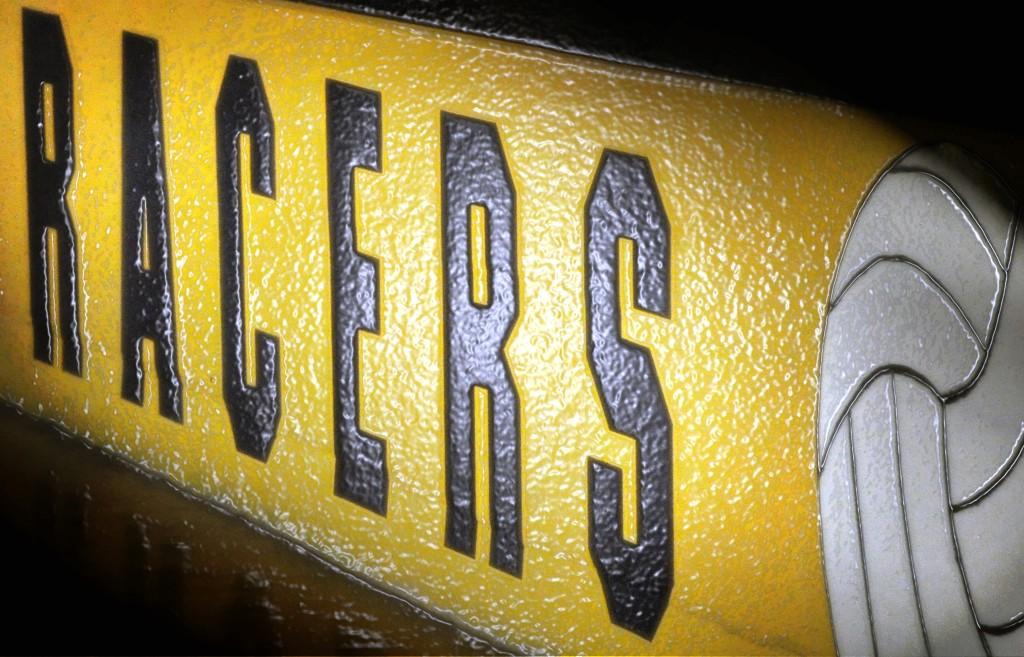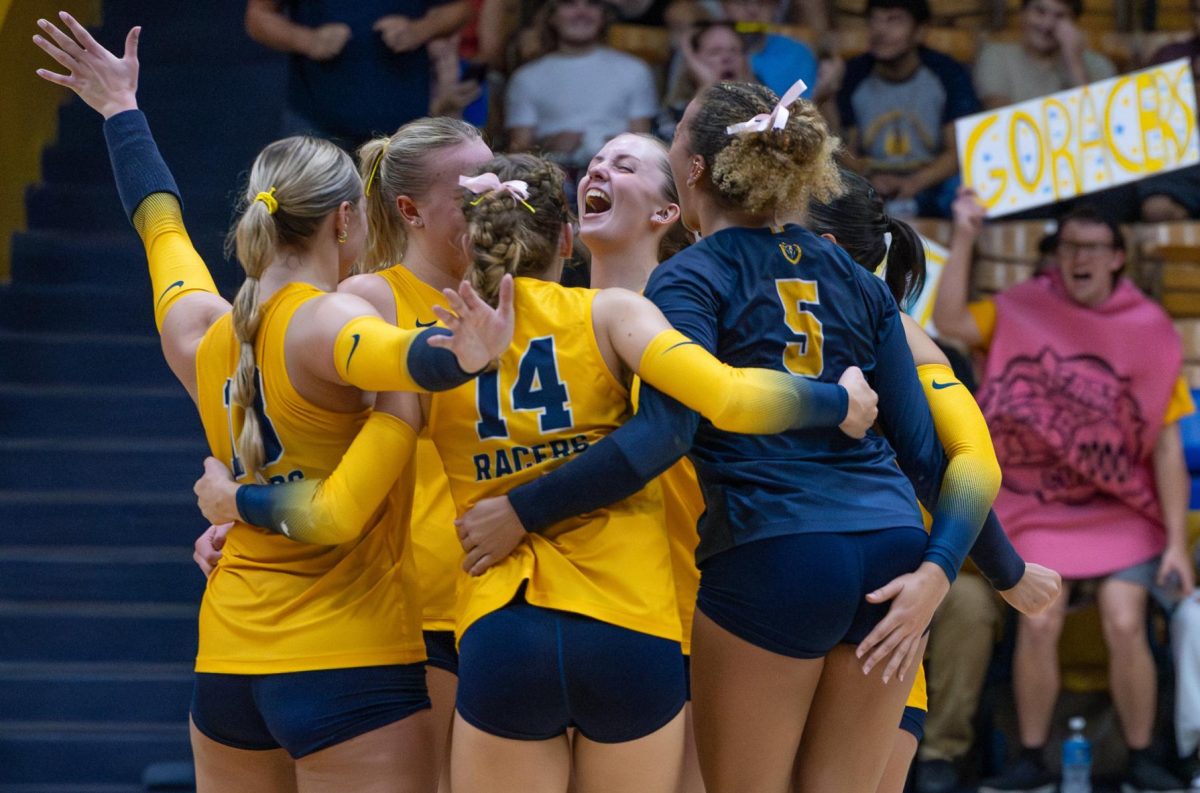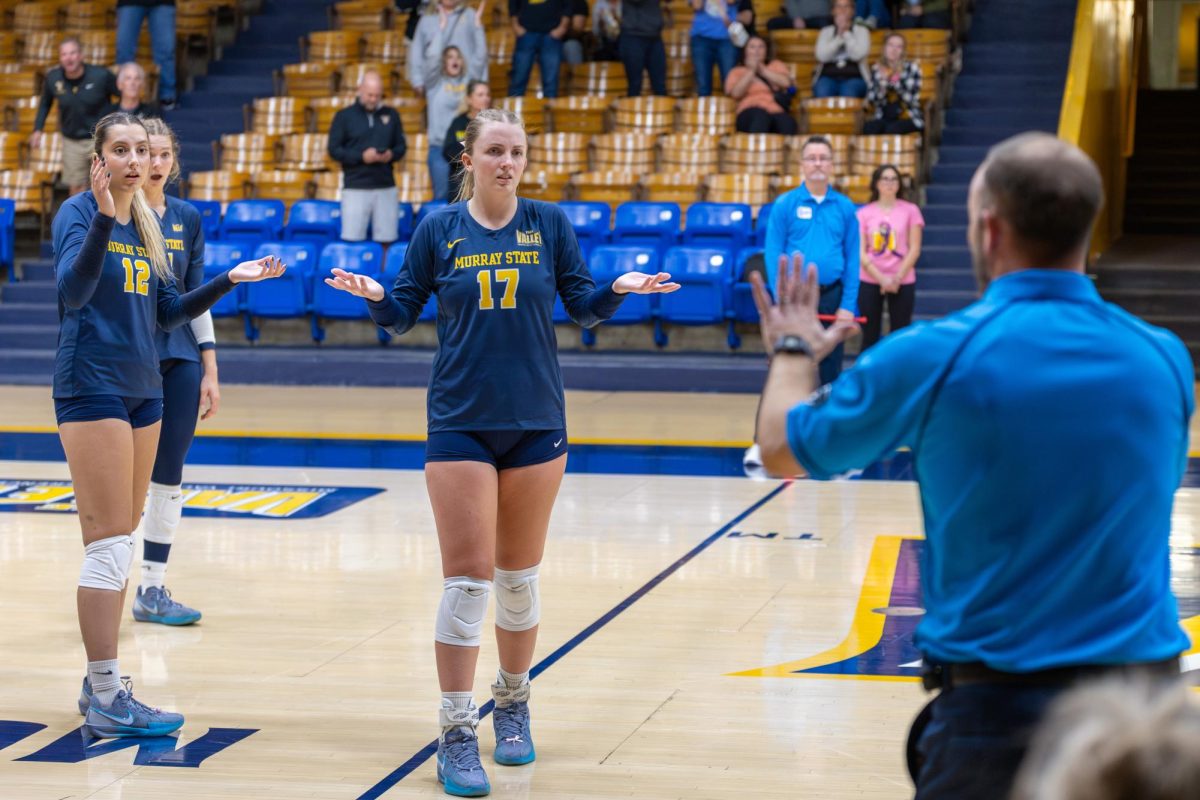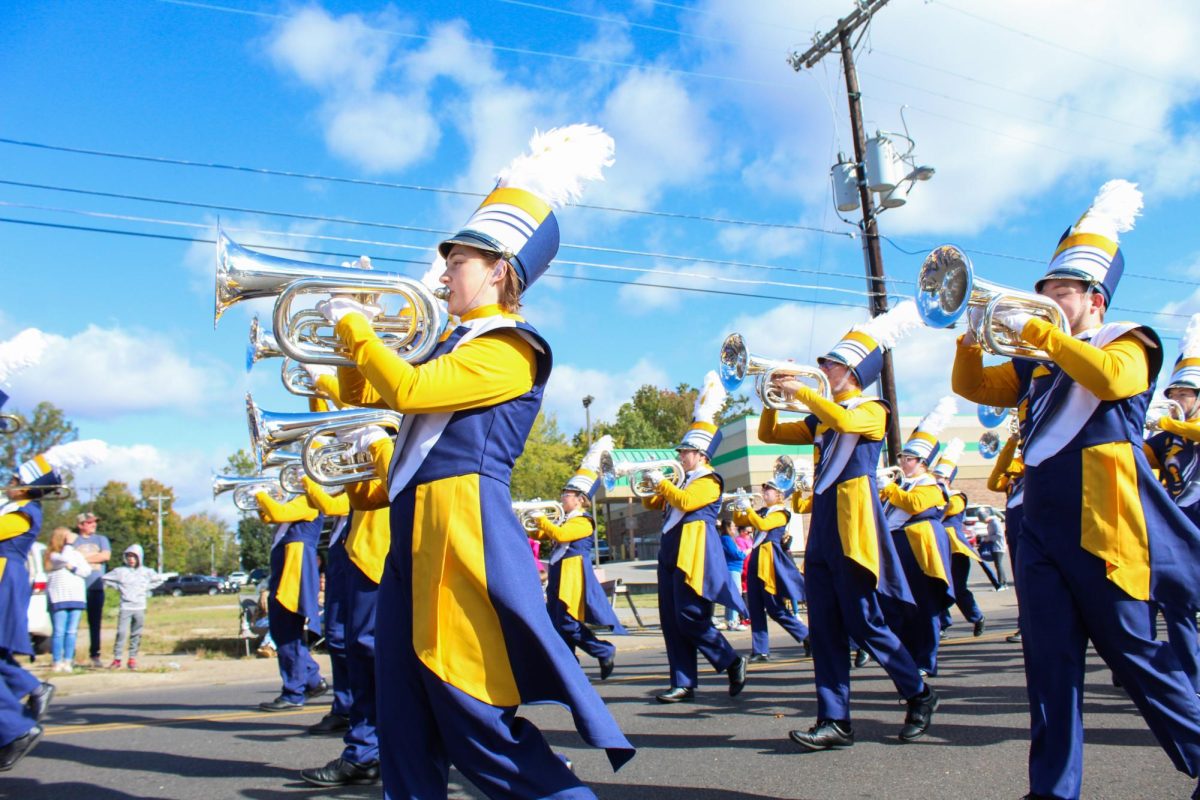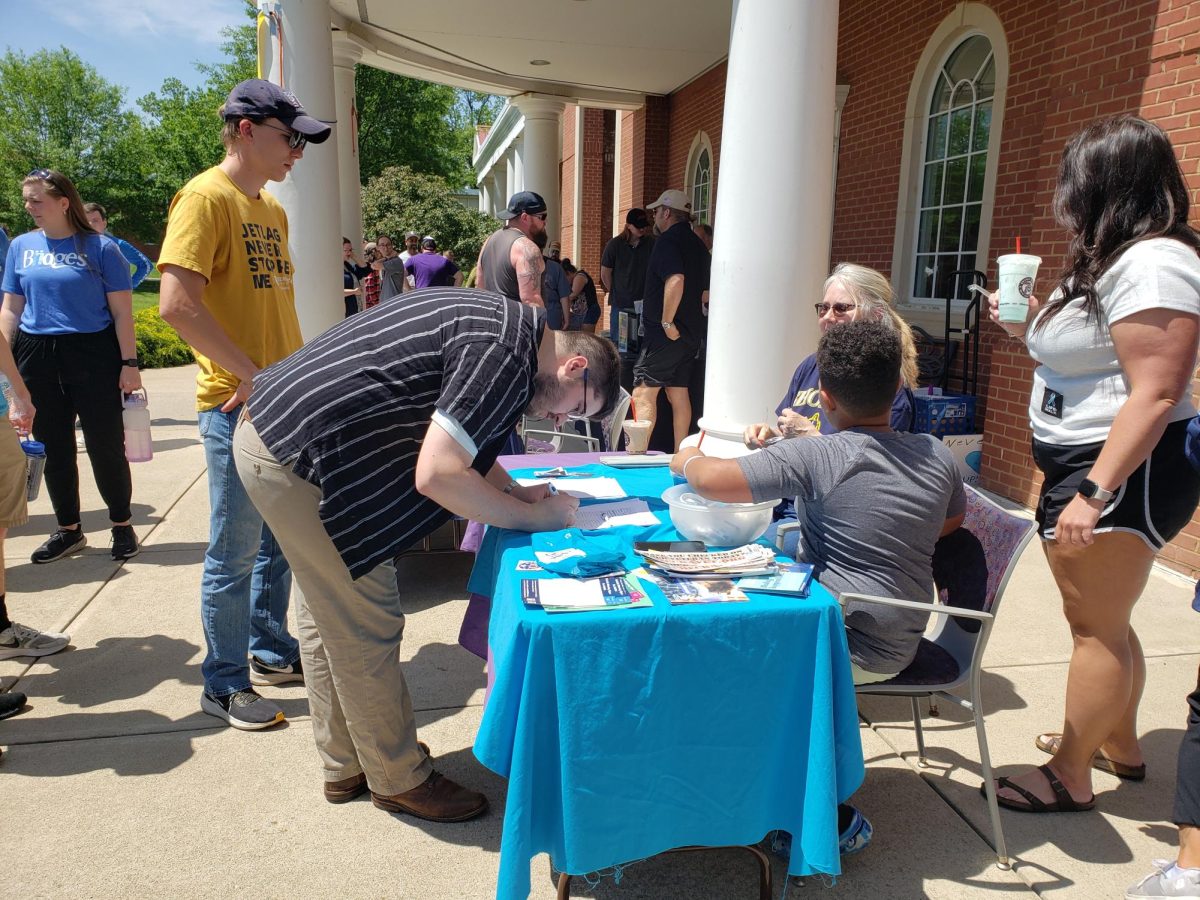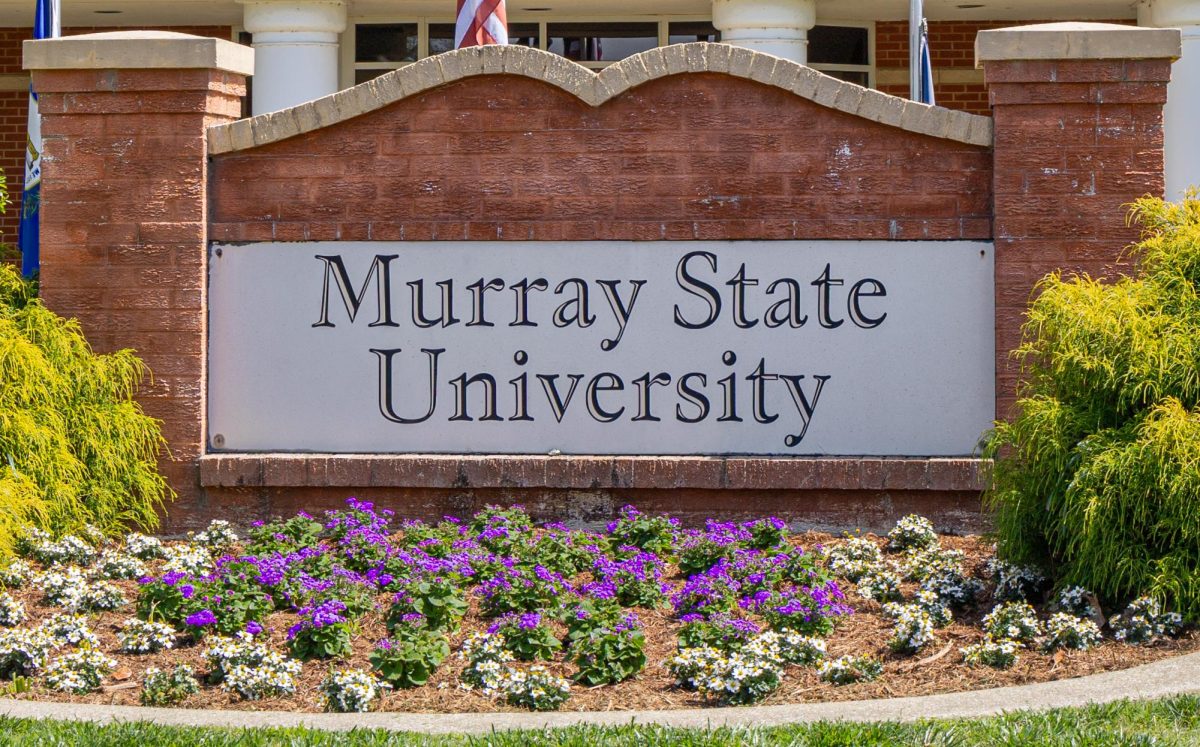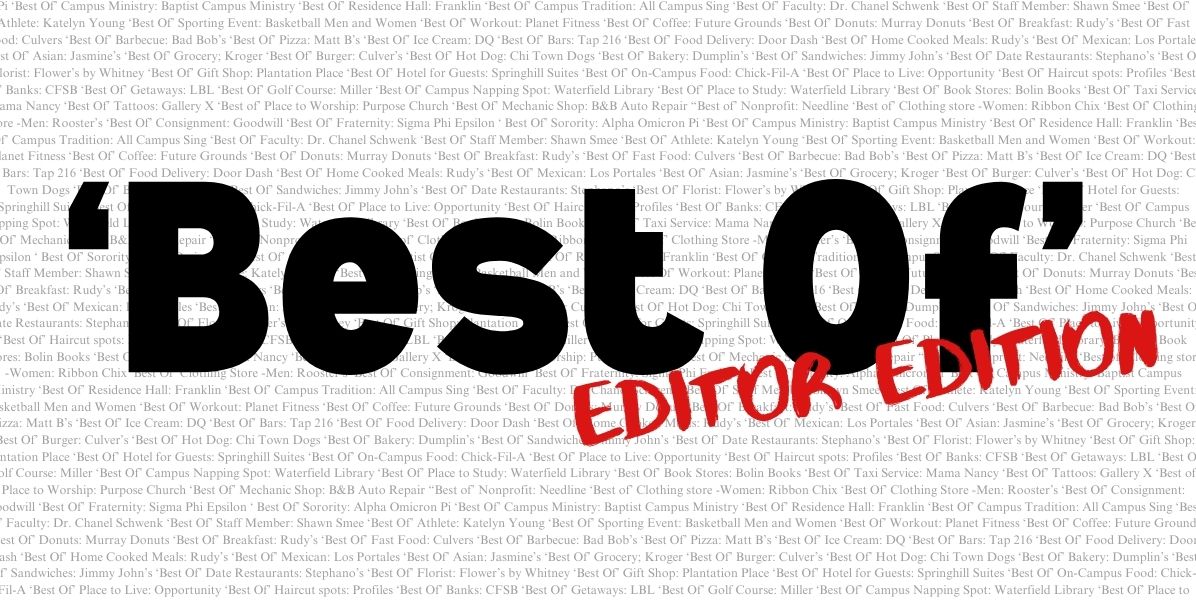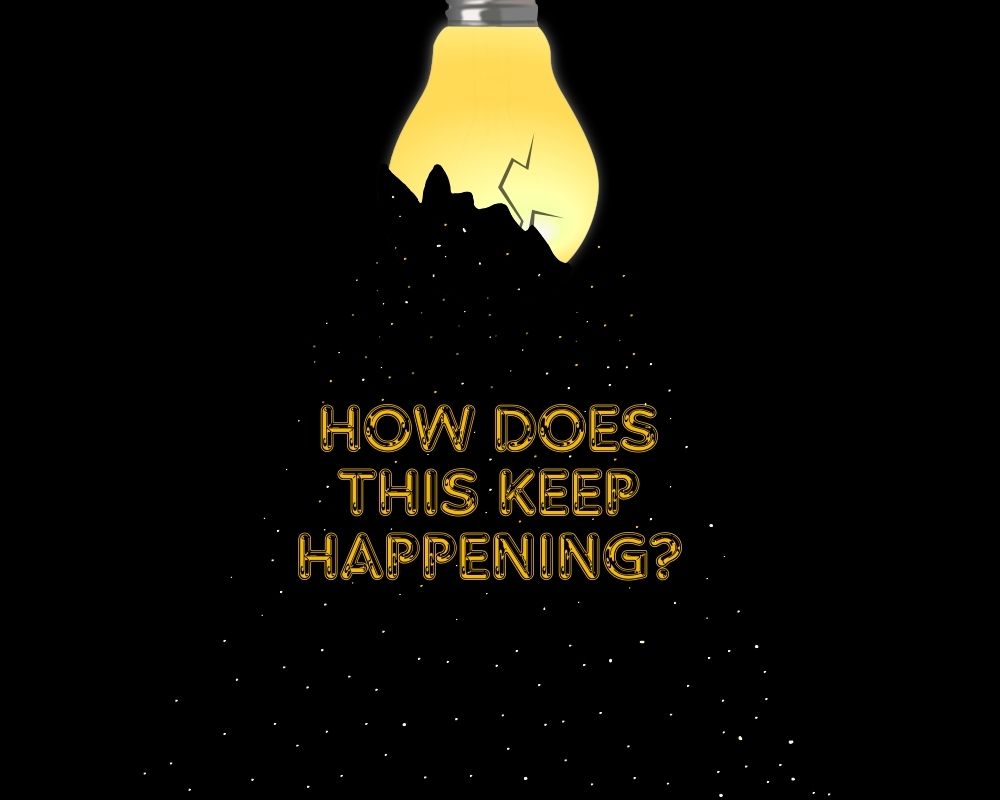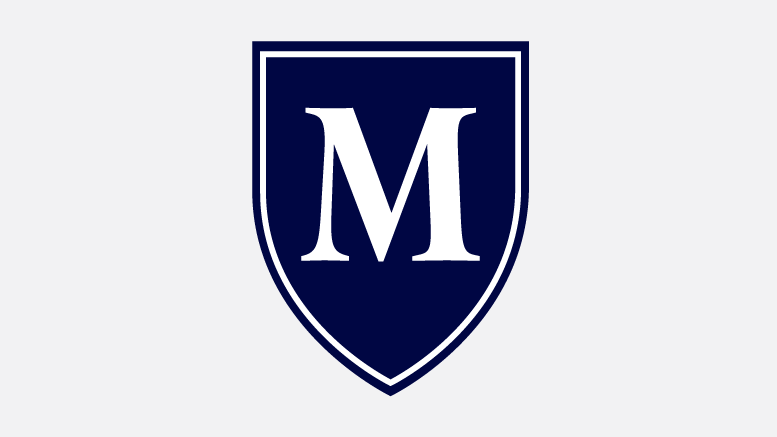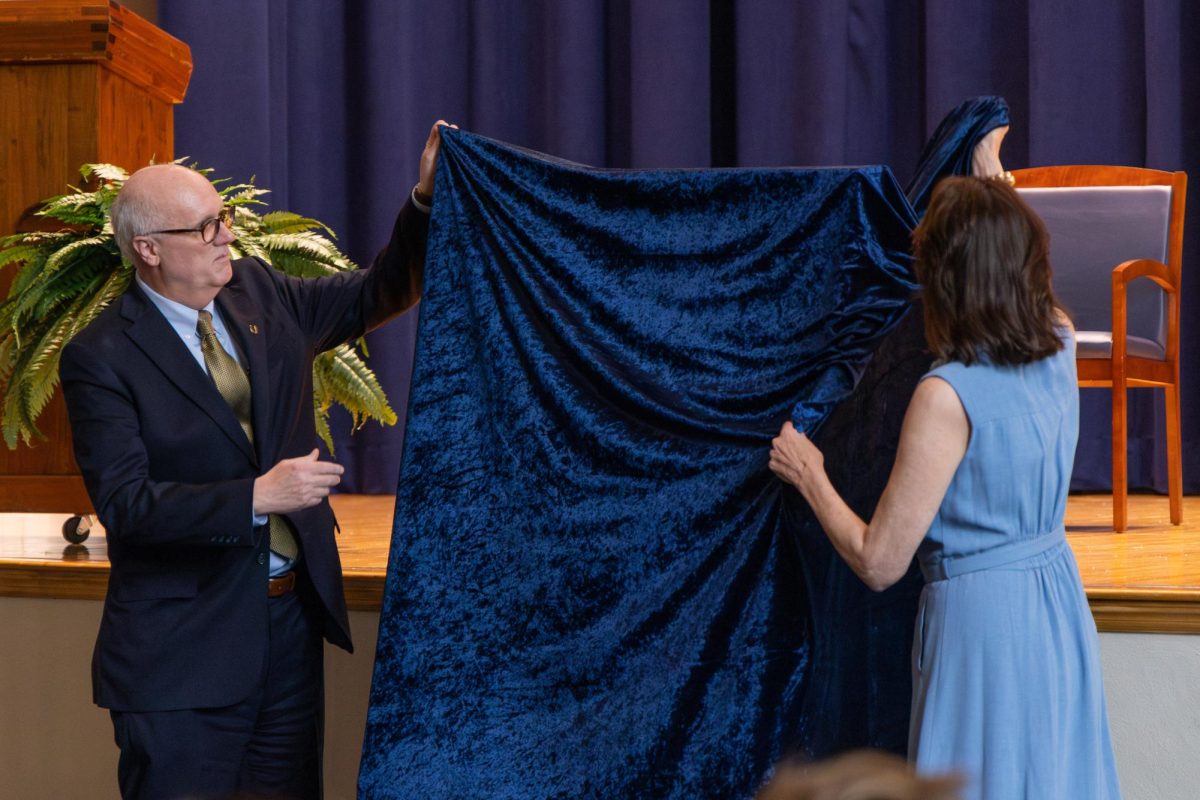Murray State’s course catalog could be shrinking as the University looks to remove courses with low enrollment.
In a statement provided to The Murray State News by Provost Tim Todd, the Provost’s Office said it will be working with faculty chairs and college deans to complete a survey of its course catalog and potentially remove courses with low enrollment.
“We have always had academic program reviews where we examine low-enrolled programs and courses,” Todd said. “In addition to this, we are examining low to no enrolled courses which have been in our academic inventory for some time. We are asking deans, chairs (and) faculty to examine these to see if a course has not been taught in years, do we need to keep it in the inventory?”
Todd said the process is ongoing and requires careful thought. Consideration is taken to the needs of different programs and the demands of students in those programs. Faculty may be moved from low-enrollment courses to courses with a faculty vacancy.
Todd, though, didn’t specify which classes were under consideration, the ones being reviewed are the ones with no enrollment over a three year period. Colleges and schools involved in the survey may consider restructuring courses as needed.
Todd said this process is expected to continue into the upcoming fall and potentially spring semesters.
“Academic Program Reviews are a hallmark of university processes,” Todd said. “They have been in place for accreditation and to determine how to best serve our students with the expertise our faculty provide.”
Students asked about their opinions on the catalog review had mixed opinions. Bode Russell, sophomore organizational communication major, said cutting classes based on enrollment could affect students taking classes they really enjoy. Russell said he has taken classes in the past with limited students which he enjoyed.
“I would be very worried if somebody cut a class due to low enrollment because some of the classes that I take are really awesome,” Russell said.
Grace Shuburt, freshman nursing major, echoed that sentiment. Though, she said none of the classes she has taken could be considered low enrollment. She said cutting those classes could hurt students who were otherwise passionate about them. Shuburt said she understood the need for cutting classes with no student enrollment.
“I would say it’s kind of restricting creativity and people who truly have a passion and a heart for something that’s maybe not as sought after, or maybe not as popular,” Shuburt said.
Evy Baten, freshman pre-vet major, spoke of the different reasons students might not want to enroll in a class. Baten said some enrollment difficulties could be caused by faculty who students did not trust to teach upper-level courses, which may be a problem in departments with low teacher ratings. Baten also said the cost of classes could be a consideration.
“Sometimes there’s a deeper meaning to it, other than people just don’t want to take the class,” Baten said.
Miracle Schmidt, sophomore communication disorders major, also spoke on the benefits of smaller class sizes, saying they help spark in-depth discussion not present in larger classes. Schmidt said she believed there should be more communication with students on the issue of cutting classes, even for classes with no enrollment at all.
“I can imagine a class being cut because clearly the interest for that class has died, but I also think that just polling students about why it’s not being taken (would be good),” Schmidt said. “(There should be) more communication because I feel like a lot of those decisions directly affect students.”


